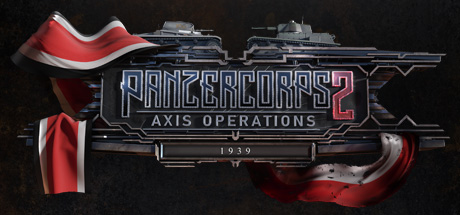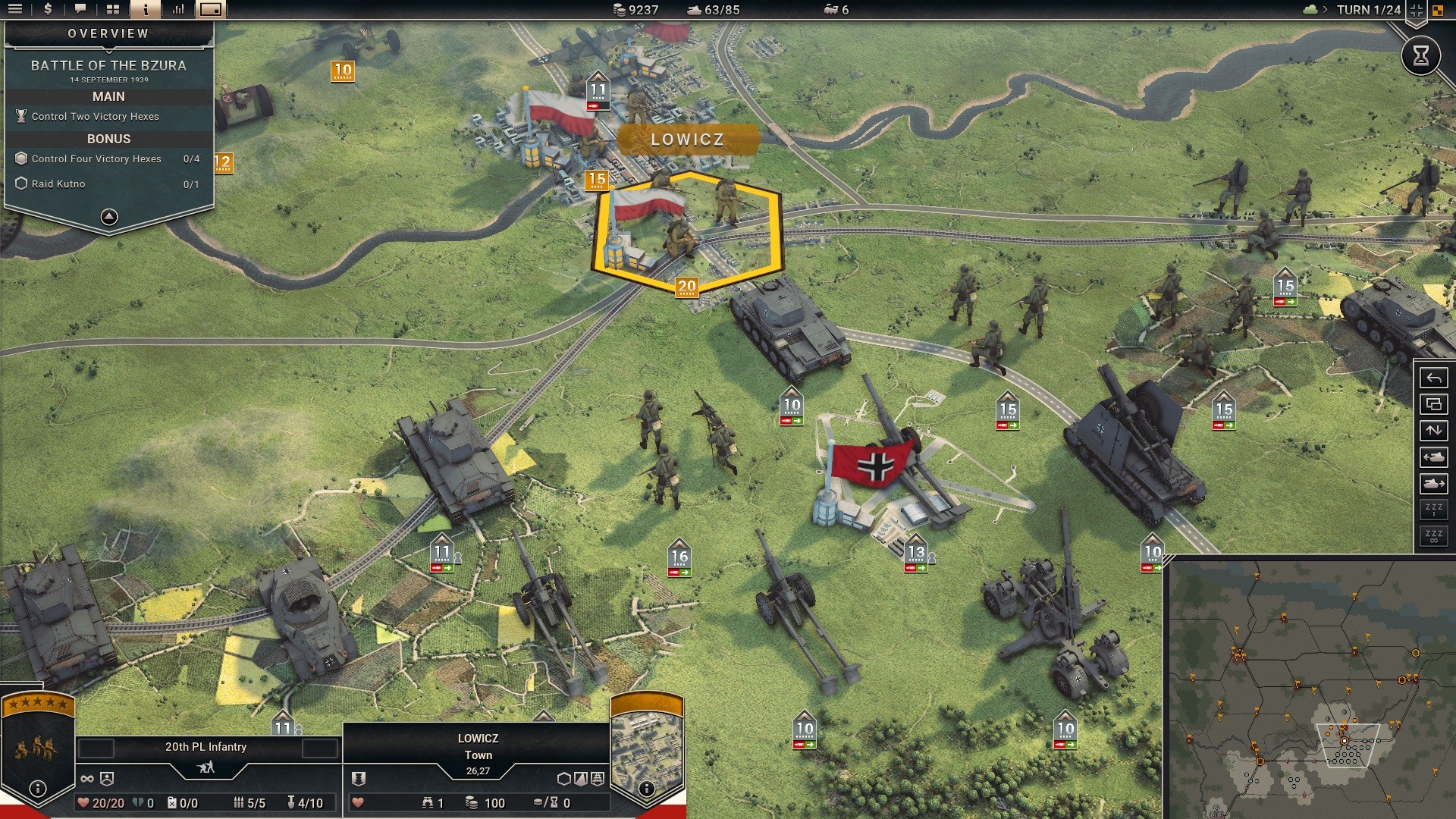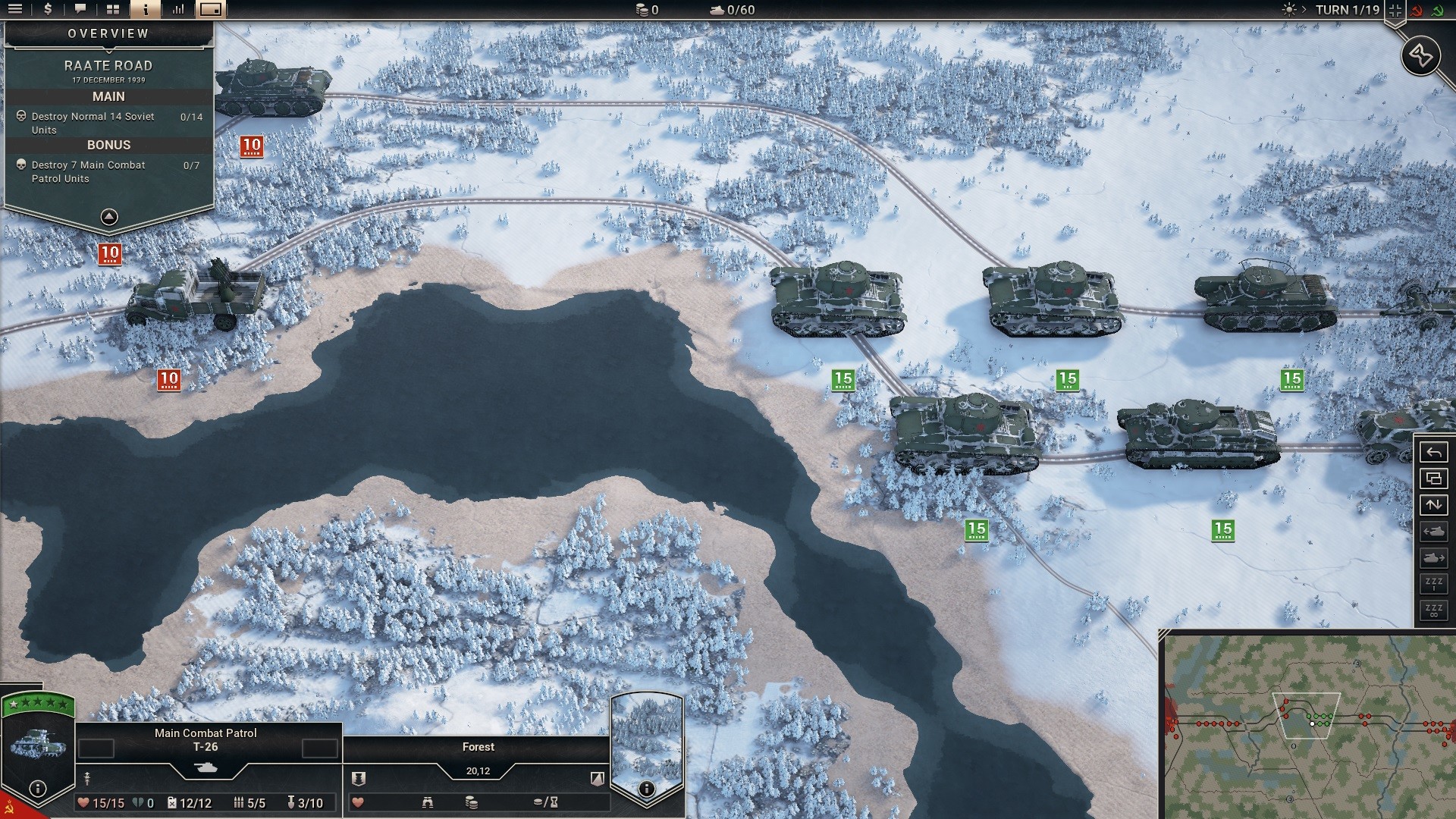TYPE 7
by
3D ART LAB
We find ourselves back in a U-Boat in World War II. We are in a Type 7 U-Boat, the most produced type during World War II. As the picture says, it is a solitaire and co-op game of commanding a U-Boat during the Atlantic Campaign. That it certainly is, but it is so much more than that. This is what you get in the kit:
1 rulebook
1 mission book
1 quick reference sheet
1 in-game U-boat Type VII length 63cm
1 magazine for 20 deck gun shells
1 game board separated into 2 pieces, containing 5 range zones (0 - 4)
1 second player token
1 String for rigging
2 support ticket boxes
4 blue dice for roll tests
4 status tokens, double sided with round edges
6 red dice for target damage counting
6 target disc holders
7 crew tokens double sided
8 crew panic tokens
12 fuel barrels
12 tech tokens
12 Torpedo bodies – cavitation
12 Torpedo bodies – electric
12 Torpedo bodies – steam
15 victory points
18 damage tokens with different effects (shaped like a sea mine)
18 Torpedo warheads – below
18 Torpedo warheads – standard
20 deck gun shells - high explosive
20 deck gun shells – standard
20 target discs for 10 kinds of enemies (wooden discs)


This project is a labor of love by 3D ART LAB. I actually studied running and programming CNC machines. So, I know the work that went into just the creation of the wooden sheets. This project is a sight to behold when you open the contents. I did not get the wooden box that it comes in, or the ammo box to store your components. It was so early in the process, that I just received the sheets for the U-Boat and the parts to play. I will add pics of what you will get if you order the Kickstarter project, and by the time I am done, you will order it. I did not do a count, but looking at the remnants there were roughly nine laser etched wood sheets. Yes, I said wood. The kit does resemble one of those wooden model airplane monstrosities that I believe you can still buy. These are the ones that you needed to glue together about 100 pieces just to make the wings. I said it resembled one of those kits, mainly because of the strength of the wood in this game/kit/life project. On those old kits you could sneeze and a spar would break. The wood that is in this kit is made from layers of laminated smaller sheets of wood pressed together. When you first open the kit and look at one or two of the sheets, the thought that comes to mind is that I am going to break half of this while disconnecting the pieces from the wooden sprue. Do not be worried, this wood is extremely strong. Even with my fat fingers, I did not manage to break anything. Remember I mentioned that this is both a game and a kit? The parts are laser etched through the sheets, except for a few places where the connection is still in place. The programming alone for all of the parts on the numerous sheets must have taken a long, long time.

 |
| The Ammo Box |
So, the first thing you will want to do is build the Type 7 U-Boat that comes along with the game. The first pic shows you what you will have once you are done building the U-Boat. Online, some of the people who have gotten the kit already have painted it U-Boat gray. To be honest, I like it either way. Because of time constraints I left it looking and smelling like a wood burning project. It is so simple to take apart and put back together, that I may change my mind and paint it in the end. About half the sheets that come with the kit are for the game and the other half are for the U-Boat. Some are used for both. The built U-Boat is really a tremendous piece of artwork, especially when you think back to the untouched wooden sheets before you started. As I said before, do not worry; this is not your grandfather's balsa wood. With this wood you could build a flying Mosquito or its compliment the TA-154. One of the scary things about the kit is when you look at the sheet of torpedo pieces. When you see that sheet, you will know you are in it for the long haul. Oh, did I forget to mention the two different deck gun shells? Yes, Virginia, you will have to pop out all of them and then assemble them. Santa's Elves will not save you now. The last time I got as scared as I did looking at the torpedo sheet was thirty years ago. My eldest daughter wanted some castle for Christmas. My wife and I were up until 3:00AM building that castle from hell. When you push out the first torpedo it seems like you are putting your life on hold. In actuality, I was quite surprised how easy it was and how the whole process took less than two hours. Sorting all of the different pieces took more time than actually removing and building them. I decided to remove everything from the sprues and sort them accordingly. You could for instance, just remove the U-Boat pieces, and put that together first. Then you could turn your hands to the rest of the game pieces. Looking at one piece of the U-Boat, the thought did come to my mind that this was not going to look good. I was afraid that 3D ART LAB had spruced up the ones you see on their website. When the U-Boat was about half finished I started to change my mind. Looking at the entire model when it was finished was like looking at it on their website. I am sorry to have doubted you guys. This model is awesome. So, let us recap. Yes, you will get scared when you see the total amount of etched sheets. Unless, your OCD is extremely strong. Mine is up there, but not that high. If you are like me, you will think you have gotten yourself into quite the chore for a Saturday. Mowing the lawn will start to look like a breeze. Take a deep breath, and suck it up and get started. I guarantee the work will be worth the effort. To put it together I did not even use any instructions. There are a lot of videos on 3D ART LAB's site that include playing the game and assembling the U-Boat. The next pics will show the 'showcase' U-Boat model.


So, now I do have to mention one of the game pieces that I do not like. I understand completely that the laser etching process was at fault for my dislike. The 'Target Disc Holders' have to be popped out from their sprues. Then you have to pop out about fifty very small slider pieces that fit into the Target Disc Holders. Because of the laser etching, the heat was high enough to cause problems with the slider pieces. None of them were deformed or unusable. What happened was the heat from the laser burnt, and somewhat melted the sprue pieces between the slider pieces. So, when they came out some of the sprue was stuck to them. This required an exacto knife to trim the excess. It was only on about 15-20 of the pieces, but it was still a bit of a pain. These are the only parts that I had any issue at all with. I also understand that the reason it happened was because the parts are so small and close together. So it is not really a manufacturing fault. Next up, when you put the sliders in the Target Disc Holders they really do not sit that well in them. The slider pieces only stay in the 'track' because of side pressure. This again is because of the manufacturing process. With the pieces as they are there is no way to make a real track for them to slide back and forth on. Do they work, yes. Did they give you plenty of extras in case of problems, again yes. It would however, be nice to see the Target Disc Holder and the slider pieces designed a different way. Do please remember though, that they work as is. They could just be done better.
Update on the slider issue. The prototype ones I received are the first version. There is now a three piece slider that will come with the kits. This will have one piece on top of the wood and one on the bottom connected by a piece in the middle. So, that means my second gripe is taken care of. It also means that the designer is always looking at ways to improve the game. I cannot attest to if the etching will be better on these other small parts or not. Therefore I will leave in my first gripe, until proven wrong.
 |
| Target Disc Holder |
Let us go back to the whole kit for a moment. Just because I found fault in one piece out of a hundred in the game/kit does not mean the end of the world. The kit itself is a sight to behold, and the game pieces are almost all wonderfully crafted. Not to beat the phrase to death, but this truly is a monumental labor of love on the designers' part.
 |
| The game all set up to play |
Now, on to the game. It is almost unbelievable that you also get a game with the U-Boat kit. An entire working well thought out game that you can play without even needing the kit itself. So, the designer/s not only had to figure out the laser etching for a thousand pieces, they also thoughtfully included a game in the box for you. This is a write-up from 3D ART LAB about the game:
This is a rundown of your maiden voyage, if you survive:"MISSION 1: THE MAIDEN VOYAGE
The war just begins and the German fleet commander sends dozens of submarines out to hunt down their first vessels.
We have a great momentum in surprise and you have to deal with the enemy as much damage as you can.
All your crew is green. You are allowed to level up one crew member when you've destroyed the first cargo ship, destroyer or tanker.
In co-op mode both players allowed to level up one crew member after destroying a ship.
Destroy as much enemy objects as possible: Cargo ships and Destroyers count as 1 victory point, Battleships and Tanker 2 victory points.
But your first priority is to survive and to come back to the shipyard after this first mission.
Setup:
4 torpedoes loaded in the launchers in front, 10 torpedoes in storage for reload. Steam, Electric and only standard torpedo warheads.
Deckgun 20 Shells. Choose between standard or high explosive.
1 support ticket
10 fuel
End:
You did it! You survived your first mission and got noticed in your submarine.
The administration appreciates your performance commanding the ship and confirmed your permanent commanding position."
As of right now there are 27 missions through 5 Chapters for the campaign. Most of them are fully fleshed out, but some of them are yet to be figured out by the designer. You have to remember that the project has not reached the Kickstarter phase yet, so some things are still up in the air. The game can be played and is almost as finished as the kit. So, the game is about 95% complete. The Rulebook is 11 pages long right now. It is in color. There are still some place holders in it for pictures of different parts of the game to be added. Do not be fooled, this is a full-fledged U-Boat game. This is not some hokey game stuck onto a excellent model, with the model being the big draw. Your crew starts out green, and with good game play on your part becomes veterans. There are also different officers that can be used to adjust your die roll chances during the game. Because the game takes place throughout the war years, you will also have the ability to gain technology. You will have to worry about fuel, and being spotted by aircraft. You also have a chance to call in a Wolfpack or some other assets to help you on your missions. I will leave links below for you to look at the game rules and some other things.
This is a video unboxing done by 3D ART LAB. You get to see the excellent packaging of the kit:
https://youtu.be/I9CW0hq8nXE
This is a video done by them of assembling the U-Boat:
https://youtu.be/vRySxFejxGQ
This is a video of assembling the Showcase U-Boat:
https://youtu.be/FYHYZOuoSGU
Thank you 3D ART LAB for letting me review this extremely well done and thought out project. I am really in awe how not only the model kit, but the game really came from only one persons imagination.
Robert
3D ART LAB:
http://www.3dartlab.de/
TYPE 7:
http://www.3dartlab.de/type7/index.html
Rulebook:
http://www.typevii.com/Type7-PrintVersion-V1.zip
Kickstarter Page:
https://www.kickstarter.com/projects/3dartlab/type-7-solitaire-and-2-player-submarine-warfare?ref=bggforums





















































0 comments :